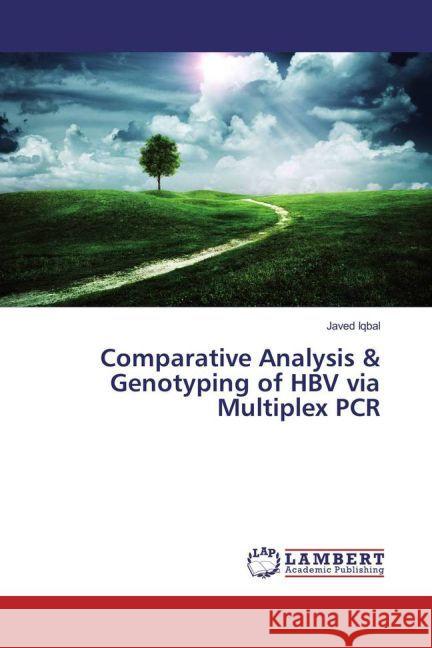Comparative Analysis & Genotyping of HBV via Multiplex PCR » książka
Comparative Analysis & Genotyping of HBV via Multiplex PCR
ISBN-13: 9783659942358 / Angielski / Miękka / 2016 / 92 str.
Hepatitis B virus constitutes a major global health issue and have known role in disease progression, affecting more than 400 million people worldwide. HBV integrate into the host genome and become a major source of infection for hepatocyte cells. Genomic perturbation by clonal expansion of hepatocyte cells leading to hepatocellular carcinoma and liver cirrhosis. HBV genome is approximately 3, 200 base pair maintained by 5 cohesive ends and having four ORFs named P, S, F and X.Genetic polymorphism and deletion mutations in S and pre-S regions play crucial role in disease progression. Peg interferon therapy is used against its treatment. Genotype A and B infected patients response better than genotype C and D. Various types of techniques are used for HBV detection but the most common are antigen (HBsAg), antibodies and DNA based detection techniques.This work was carried out to find the dominant strains of HBV. The technique we used is reliable and can detect multiple genes at the same time. This research will help future researcher to consider some other aspects of HBV than its prevalence and genotyping.











